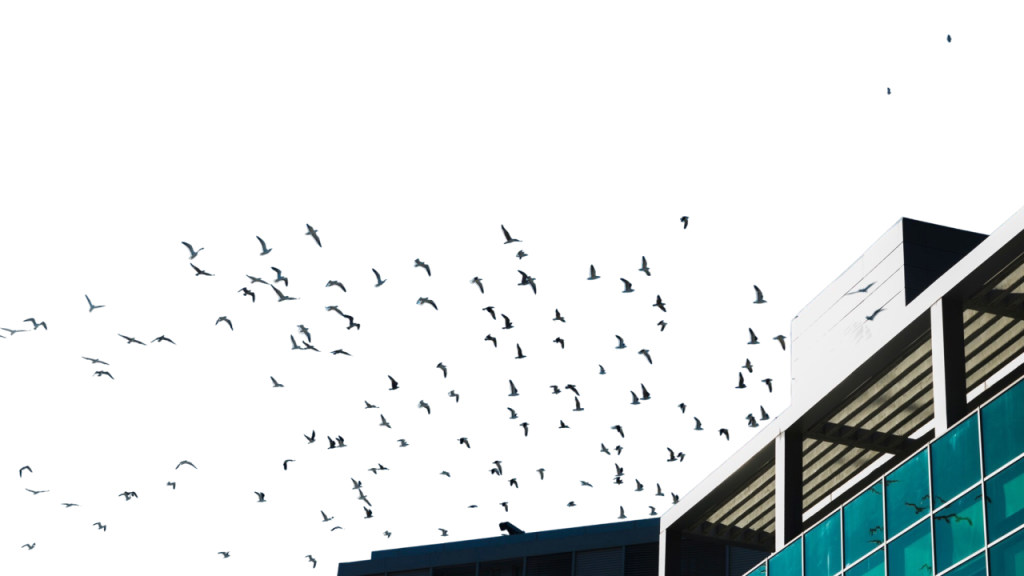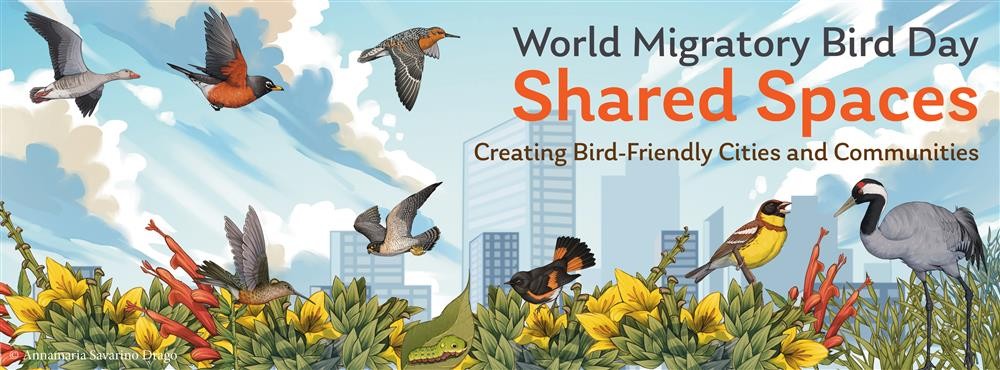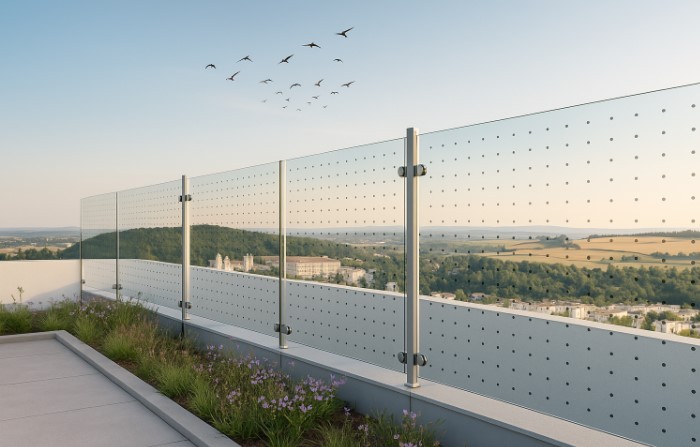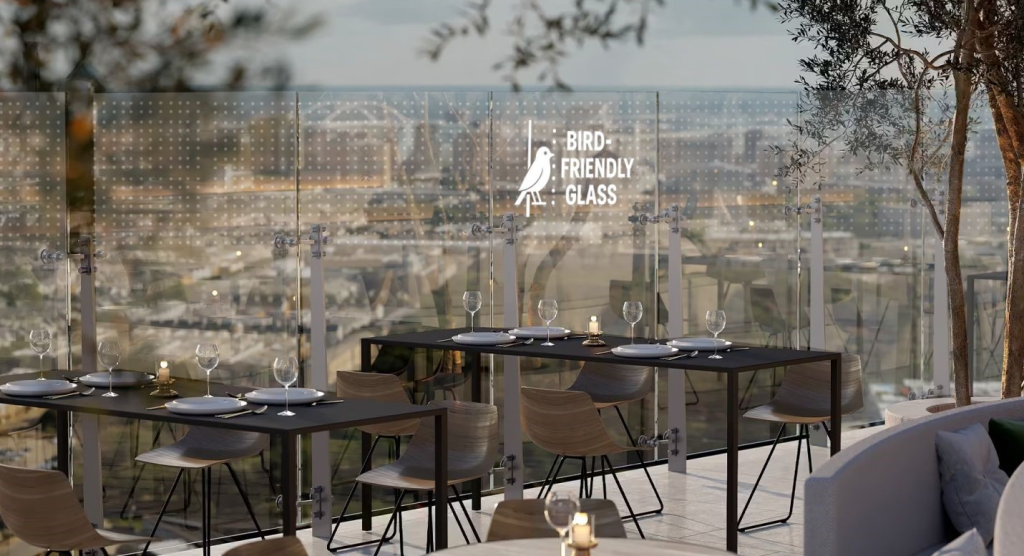"Bird-friendly architecture" and bird migration

“Bird-friendly architecture” refers to designing and constructing buildings in a way that reduces the risk of birds colliding with glass surfaces and allows for a harmonious relationship between built spaces and nature. It is a combination of aesthetics, functionality, and biodiversity protection.
The first weekend of October brings a true natural spectacle, as millions of birds leave the northern regions and fly toward warmer wintering grounds in the south. Many of these migratory routes pass directly over Serbia. The Bird Protection and Study Society of Serbia (DZPPS) traditionally organizes field trips across the country on October 4 and 5 to observe the autumn bird migration, as part of the European Birdwatch event. The walks are led by ornithologists and nature enthusiasts, and anyone interested can register through the website pticesrbije.rs.
Why is this important for architecture?

On their journey, birds encounter numerous obstacles, from climate change and habitat loss to collisions with buildings. Estimates show that hundreds of millions of birds die each year due to collisions with glass surfaces. For birds, glass is an invisible trap because it reflects the sky and trees or appears as a passage. This is where “bird-friendly architecture” comes into play. By introducing special types of glass and design solutions, it is possible to significantly reduce the number of bird collisions with buildings.
Metals Weld actively promotes the use of bird-friendly glass in construction projects, from suitable glass railings on accessible rooftops and shaded façades with brise-soleils to structural solutions. In urban areas, especially on rooftop terraces, numerous cases of birds striking transparent glass railings have been recorded, particularly during migration. Similar incidents occur in coastal hotels and luxury residences where glass railings by the sea reflect the horizon and water surface, attracting birds. On bridges and pedestrian walkways, glass railings have been identified as an “invisible trap” for waterfowl and migratory birds.
Solutions applied to prevent collisions:
- Bird-friendly prints/designs on glass – dotted, linear, or geometric designs where the spacing must not exceed 5 cm horizontally and 10 cm vertically, since birds will not attempt to fly through such an opening.
- Frosted or sandblasted glass – a surface that breaks reflections and creates a visual barrier.
- UV coatings visible to birds – invisible to humans, but birds can detect the UV spectrum and recognize the obstacle.
- External shading systems (brise-soleils, perforated panels, or expanded metal sheets).
Integration of greenery in architecture (green façades, natural barriers). - Integracija zelenila u arhitekturi (ozelenjene fasade, prirodne barijere).
- Bird-friendly glass is not only a matter of nature conservation; it also contributes to sustainable construction. Within LEED certification, bird-friendly solutions fall into the following categories:
- Innovation in Design (ID) – innovative solutions for preventing collisions. To qualify, a building must have a Bird Collision Rating (BCR) of 15 or lower. Sustainable Sites (SS) – biodiversity conservation. The goal of this category is for buildings to be designed and constructed in ways that minimize negative impacts on nature, biodiversity, and ecosystems.
- Sustainable Sites (SS) – očuvanje biodiverziteta. Cilj ove kategorije je da objekti budu projektovani i građeni tako da minimizuju negativan uticaj na prirodu, biodiverzitet i ekosisteme.

Projects that use bird-friendly glass railings can earn additional points, especially if they are located along bird migration routes. Glass railings are an aesthetic and luxurious element, but they pose a serious risk to birds if they are completely transparent and reflect the surroundings. Installing bird-friendly glass (printed, frosted, or UV-coated) is currently the most effective and globally recognized solution that aligns architectural requirements with nature conservation.

As we observe the fascinating bird migration in October, it is important to remember our responsibility in constructing spaces we share with them. Bird-friendly architecture is not just an innovative solution – it is a combination of aesthetics, sustainability, and care for nature. Metals Weld continues to promote and implement such solutions in its projects, helping architects and investors build structures that are safe, energy-efficient, and LEED-certified.
